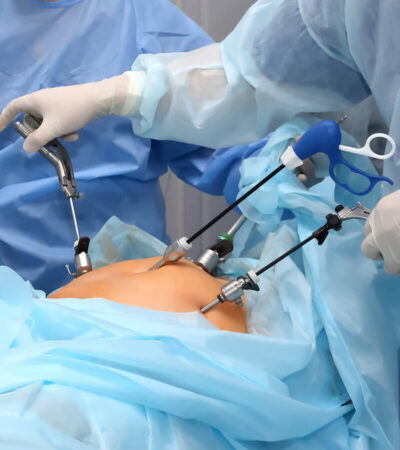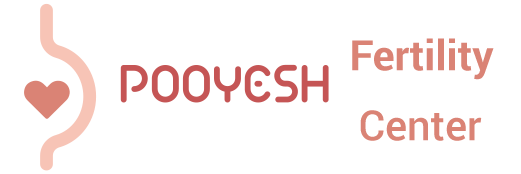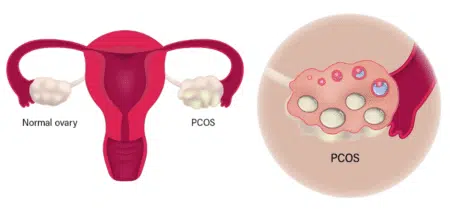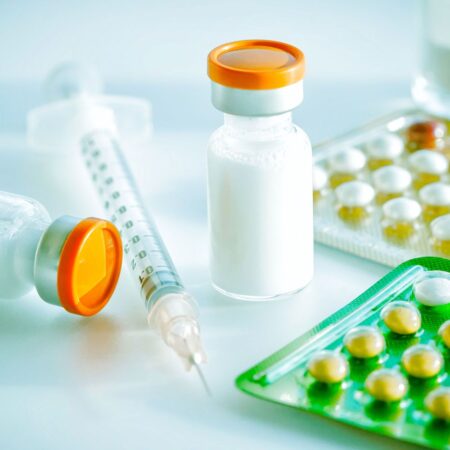Ovulation Induction
Ovulation Induction
Ovulation induction is a medical process used to stimulate the ovaries to release one or more eggs during a menstrual cycle. This is typically achieved through the administration of hormonal medications and is a common treatment for women experiencing infertility due to ovulatory disorders.
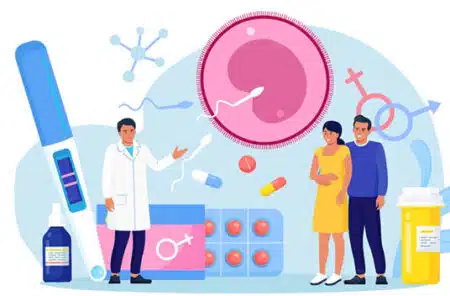
Who Is Affected by Ovulatory Disorders?
Ovulatory disorders are responsible for approximately 18–25% of all infertility cases.
According to the World Health Organization (WHO), these disorders are classified into four main groups based on their underlying causes:
Group 1: Hypothalamic Dysfunction (5–10%)
This group includes women with reduced or absent secretion of Gonadotropin-Releasing Hormone (GnRH) from the hypothalamus, a region in the brain that controls the reproductive axis. As a result, levels of FSH (Follicle Stimulating Hormone) and LH (Luteinizing Hormone) decrease, impairing follicular development and ovulation.
Common contributing factors:
- Anorexia nervosa
- Extreme dieting
- Intensive or professional-level physical activity
- Chronic stress
- Congenital conditions such as Kallmann syndrome
Treatment strategies:
- Lifestyle modifications (e.g., reducing physical and emotional stress, balanced nutrition)
- Pulsatile administration of GnRH via specialized infusion pumps
- Hormonal therapy with FSH and LH analogs
Group 2: Polycystic Ovary Syndrome (PCOS) (70–85%)
This is the most common form of ovulatory dysfunction. Women with PCOS typically experience:
- Irregular or absent menstrual cycles
- Overweight or obesity
- Excessive hair growth (hirsutism)
- Oily skin and acne
- Hair thinning or male-pattern hair loss
- Difficulty conceiving due to anovulation
Treatment options for ovulation induction in PCOS are diverse and often tailored to the individual. They include:
- Lifestyle changes (weight loss, exercise, and a balanced diet)
- Oral ovulation-inducing medications such as Clomiphene Citrate or Letrozole
- Insulin-sensitizing agents such as Metformin
- Injectable gonadotropins (FSH and LH)
- Laparoscopic ovarian drilling using electrocautery or laser
- Assisted reproductive technologies (ART) including IUI, IVF, and ICSI
Group 3: Premature Ovarian Insufficiency (5–10%)
In this group, ovulation fails due to premature ovarian failure, usually occurring before the age of 40. The exact cause is often unknown.
The only effective fertility treatment in these cases is IVF using donor eggs.
Group 4: Hyperprolactinemia (5–10%)
Elevated levels of the hormone prolactin can interfere with normal ovulation. Once diagnosed, ovulation can often be restored using medications that lower prolactin levels, such as:
- Bromocriptine
- Cabergoline (Dostinex)
Common Methods of Ovulation Induction
The choice of ovulation induction method depends on the individual’s diagnosis and overall health. The most commonly used approaches include:
- Hormonal therapy:
Medications such as Clomiphene Citrate, Letrozole, or gonadotropin injections are commonly prescribed to stimulate the ovaries. - Surgical interventions:
In some cases, especially when medication is ineffective, laparoscopic ovarian drilling may be performed to enhance ovulatory function.
For women experiencing difficulties with ovulation, accurate diagnosis and individualized treatment planning by a fertility specialist can significantly improve the chances of conception.
Methods of stimulating ovulation
انواع مختلفی از روشهای تحریک تخمک گذاری وجود دارد که بسته به شرایط بیمار، توسط پزشک انتخاب میشود. برخی از این روشها عبارتند از:
- استفاده از داروهای هورمونی: این روش رایجترین روش تحریک تخمک گذاری است. در این روش، داروهای هورمونی مانند کلومیفن سیترات، گونادوتروپینها و... تجویز میشوند.
- جراحی: در برخی موارد، ممکن است نیاز به جراحی هایی نظیر کوتر تخمدانها برای تحریک تخمک گذاری باشد. این روش معمولاً در زنانی که به داروهای هورمونی پاسخ نمیدهند، انجام میشود.
